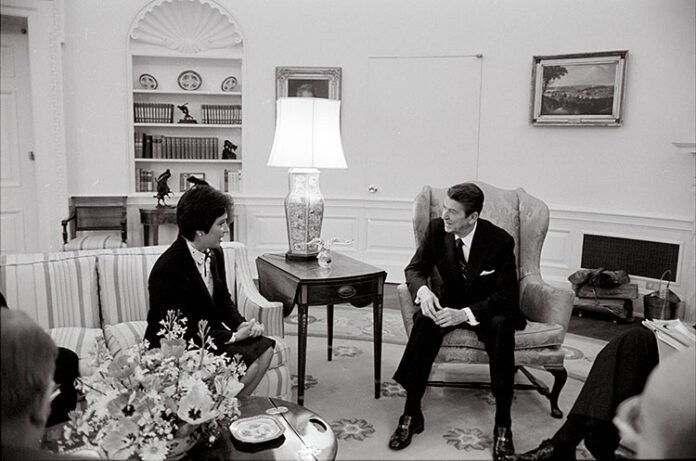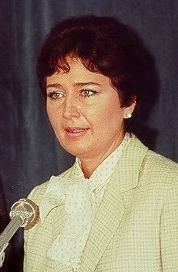
Justice Neil Gorsuch has recently been in the news on a frequent basis, as the U.S. Supreme Court finished its most recent term in consequential fashion. One of the cases this term, Loper Bright Enterprises v. Raimondo, involved some personal history for the Supreme Court justice .
His mother, Anne Gorsuch, was a key figure in the original Chevron case. She was the first woman to run the EPA, and a rule she issued during her tenure at the agency would set up the four-decade battle over federal agency regulation.
The rule, now overturned, allowed federal regulators to interpret the often ambiguous statutes written by Congress. Ironically, the rule at the time was considered a blow to environmentalists, who viewed the rule as weak against polluters.
But Anne Gorsuch’s career was a long one, and she impacted the law at both a state and national level.
Anne Gorsuch was born in Wyoming in 1942, but grew up in Denver following her father’s move to the city when she was still an infant. She finished law school at just 20-years-old, becoming the youngest woman admitted to the Colorado bar. Soon after, she gained international experience in India, where she studied criminal law on a Fulbright scholarship.
Her early career was spent in government at the local and state level. First, she worked in the Jefferson County and City of Denver district attorney offices. Then, she moved on to work at two state regulatory agencies.
Following her time working for the government, she moved into private work as a lawyer for Mountain Bell Telephone.
But it was in 1976 when Anne Gorsuch’s profile rose even further. She ran and won against an incumbent to become a Colorado House Representative. She didn’t take long to hit the ground running.
In her first year in the Colorado General Assembly, she was the prime sponsor of 28 bills and was voted as freshman lawmaker of the year. During her time in the Colorado House, she became part of a group referred to as the “House Crazies.” The group was characterized by their work to lower taxes and cut government regulations, and Anne Gorsuch was a key figure in the effort.
One of her legislative accomplishments was a change to sentencing guidelines in Colorado. The bill, which involved a governor’s veto and a special session before it went into effect, replaced the indeterminate sentencing scheme with a presumptive sentencing structure.

Anne Gorsuch declined to run again in 1980, but her break from the political realm was short lived. In 1981, former President Ronald Reagan nominated her to serve as the administrator of the Environmental Protection Agency.
Anne Gorsuch, writing on her time as administrator, said the agency instituted four changes that she would describe as strengths. Those four changes were to the management system, the peer review system, the revamping of the enforcement system and the budgetary hearings procedures.
During her time as the head of the agency, she came under significant heat. According to the agency’s inspector general, she promised a small oil refinery it wouldn’t be penalized if it violated federal lead standards.
Anne Gorsuch was also the first Cabinet-level official to be charged for contempt of Congress. The charge came from her refusal, at Reagan’s direction, to turn over documents about the EPA’s enforcement efforts of a law regarding hazardous waste dumps.
Reagan eventually surrendered his claim of executive privilege, and Anne Gorsuch resigned from the post in 1983.
She would return to the private practice of law following her short stint at the EPA. She died in 2004 just two years before her son was appointed to the 10th Circuit Court of Appeals.

